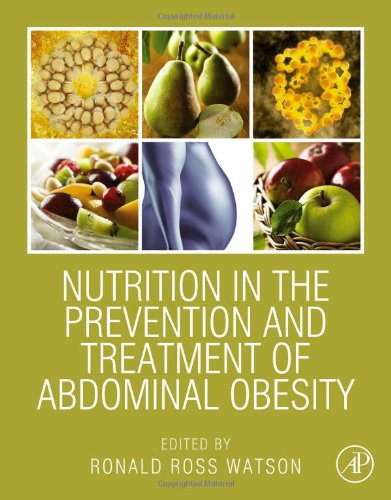

Most ebook files are in PDF format, so you can easily read them using various software such as Foxit Reader or directly on the Google Chrome browser.
Some ebook files are released by publishers in other formats such as .awz, .mobi, .epub, .fb2, etc. You may need to install specific software to read these formats on mobile/PC, such as Calibre.
Please read the tutorial at this link: https://ebookbell.com/faq
We offer FREE conversion to the popular formats you request; however, this may take some time. Therefore, right after payment, please email us, and we will try to provide the service as quickly as possible.
For some exceptional file formats or broken links (if any), please refrain from opening any disputes. Instead, email us first, and we will try to assist within a maximum of 6 hours.
EbookBell Team

4.3
48 reviewsNutrition in the Prevention and Treatment of Abdominal Obesity focuses on the important roles that exercise, dietary changes, and foods play in promoting as well as reducing visceral fat. Nutritionists, dieticians, and healthcare providers seeking to address the abdominal obesity epidemic will use this comprehensive resource as a tool in their long-term goal of preventing chronic diseases, especially heart, vascular, and diabetic diseases.
Experts from a broad range of disciplines are involved in dealing with the consequences of excessive abdominal fat: cardiology, diabetes research, studies of lipids, endocrinology and metabolism, nutrition, obesity, and exercise physiology. They have contributed chapters that define a range of dietary approaches to reducing risk and associated chronic diseases. They begin by defining visceral obesity and its major outcomes; they also discuss the importance and the challenges of dietary approaches to reduce abdominal obesity, as compared to clinical approaches, with major costs and risks.